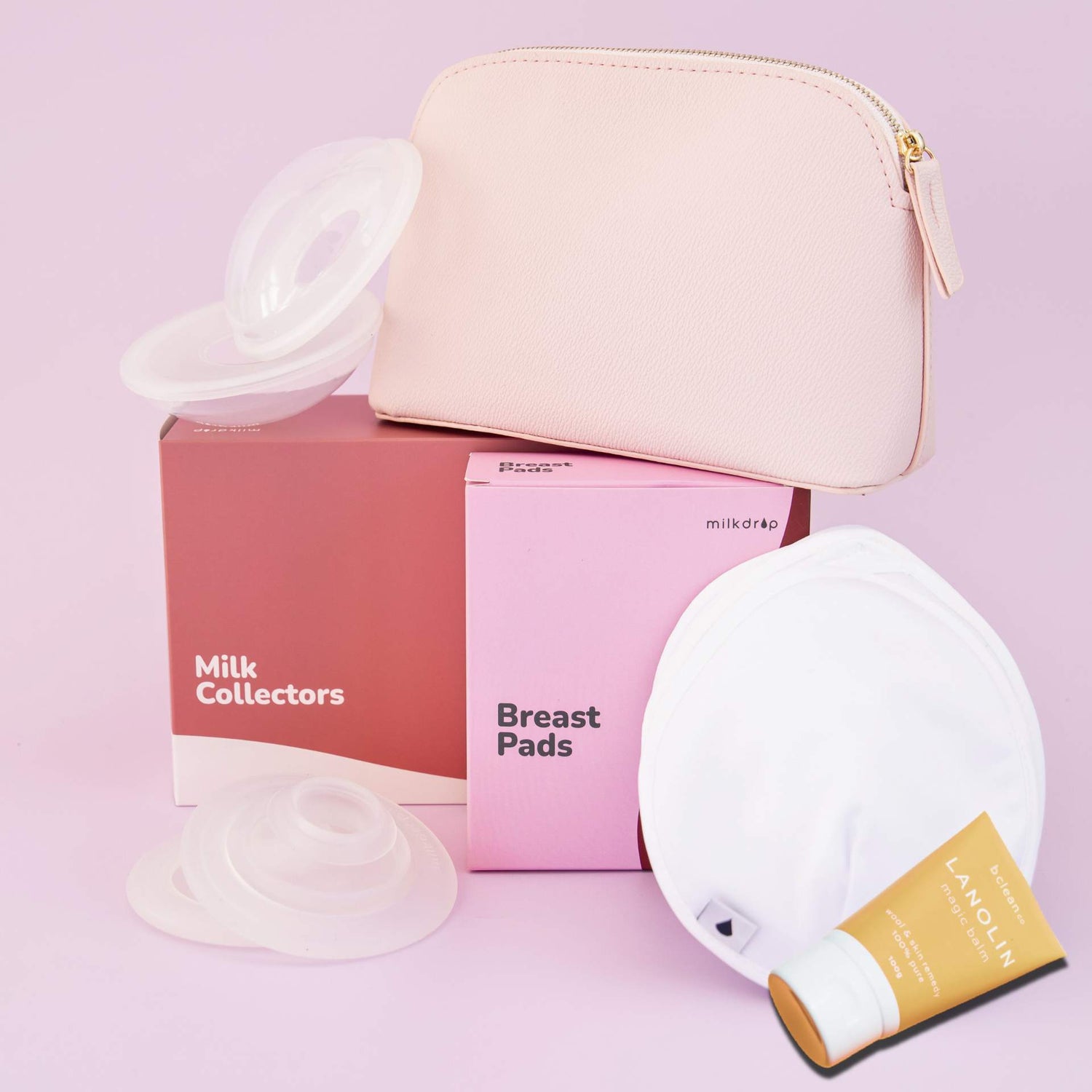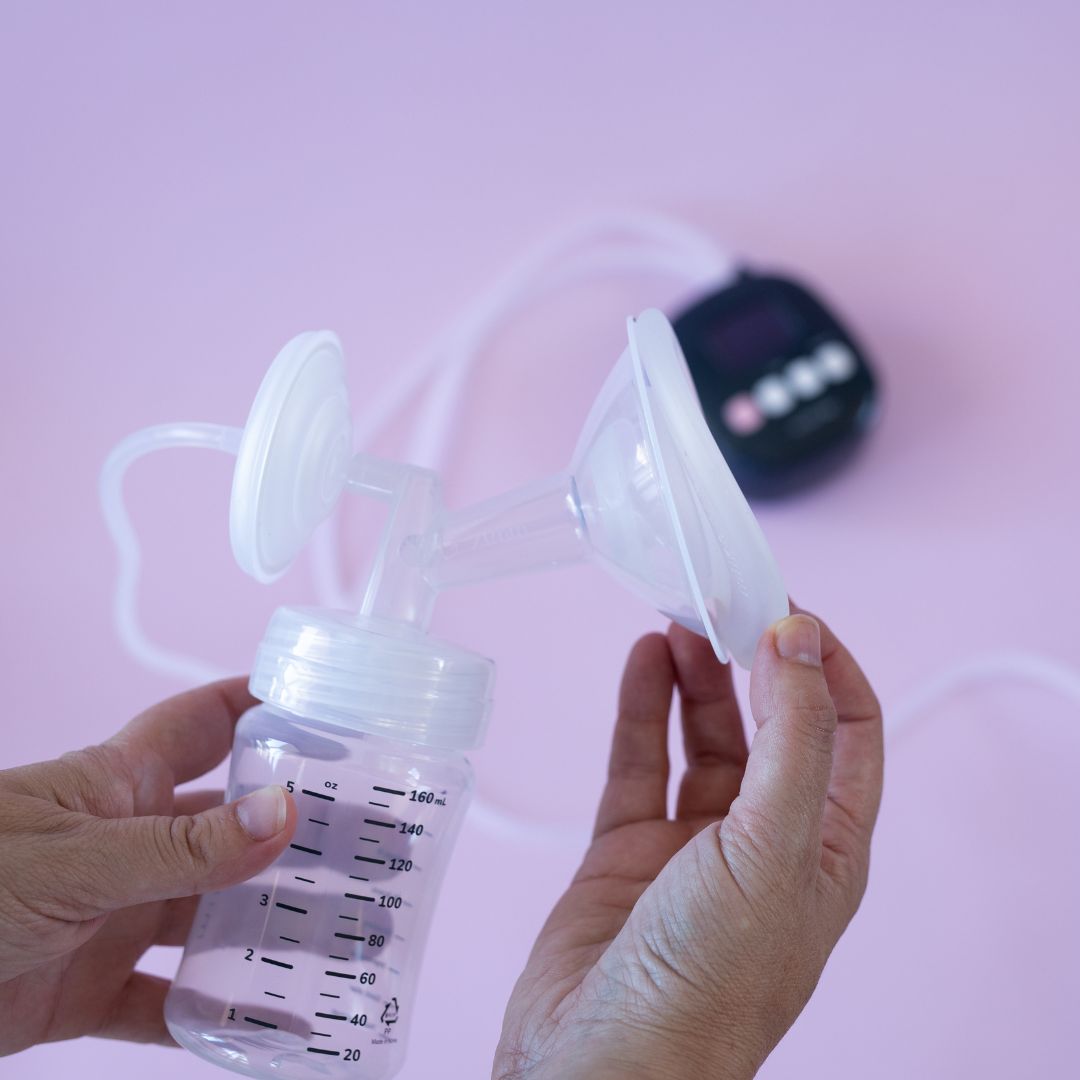I’m in pain. Is it impacting my milk flow?
If you’re one of the 7 in 10 women who experience pain or discomfort when you’re pumping, you might have wondered if it’s impacting your milk flow. Spoiler alert - women’s pain is routinely ignored, and you don’t need to push through pain to be a good mother.
In this blog, we’ll examine what the experts say about how pain can impact how much milk you are pumping and what you can do to get a more comfy (and potentially more productive) pump.
How can pain reduce my milk output?
Breast milk is produced in your mammary glands and travels through your milk ducts to your nipple, where it can then be fed to your baby by either them latching on and drinking or by pumping the milk to be bottle fed. However, when you experience pain - as many women do - it can cause your body to tense up, lessening the likelihood of letdown. This can create a vicious cycle, as a delayed letdown can cause stress and frustration for you, plus increase the amount of time or frequency of pumping, leading to even more pain.
So why can pain impact how much milk comes out of your breast? Pain or discomfort can lead to a decrease in oxytocin, the hormone that stimulates milk letdown. Oxytocin is released in response to nipple stimulation and causes your milk ducts to contract, pushing the milk out of your breast. But when you’re experiencing pain, your body may not release as much oxytocin, making it harder to achieve a letdown.
What can I do to reduce pain?
There’s a bunch of things you can try to help make your pumping session more comfy:
- Find a comfortable position: Experiment with different positions until you find one that is comfortable while pumping.
- Use nipple cream: Apply a breastfeeding safe nipple cream to your nipples to soothe and protect them.
- Apply heat: Placing a warm, moist cloth or heat pad on your breasts for a few minutes can help to increase blood flow and promote milk letdown. Our heated lactation massager is a great option for applying heat.
- Try a Milkdrop cushion: Using a soft (10x softer than your pump and 4x softer than others on the market), squishy cushion can reduce the pulling and tugging, as well as minimising the friction on your breast, meaning a more comfy pump.
- Get the right size flange for your nipples. Are you using the right flange size?
- Seek professional help: If you are experiencing persistent pain consider seeking help from a lactation consultant or healthcare provider.
Pain can be a significant barrier for pumping mothers causing frustrating and a downright unpleasant experience for you. However, with the right strategies in place, most mothers can overcome pain and establish a successful pumping routine. If you are experiencing pain while pumping, don't hesitate to seek help from a qualified professional who can help you find solutions that work for you.



